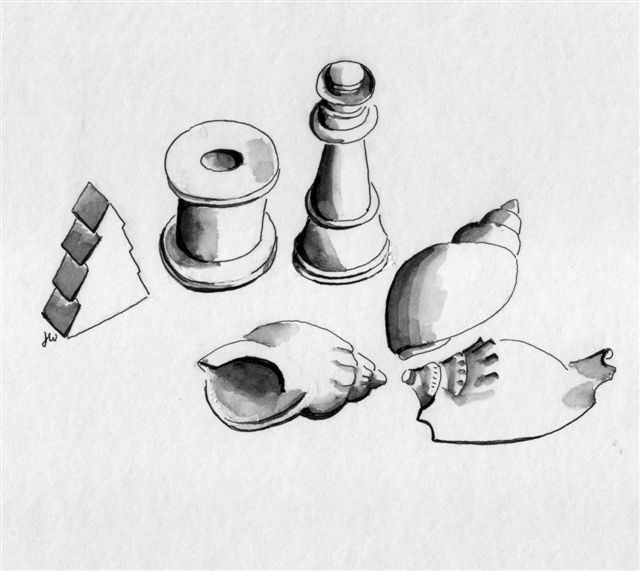VIDEO: Writing for Therapy or Personal Development – A Conversation with Dr Gillie Bolton
Dr Gillie Bolton is a renowned therapeutic writing practitioner and author of many JKP books, including Write Yourself: Creative Writing and Personal Development. In this…









